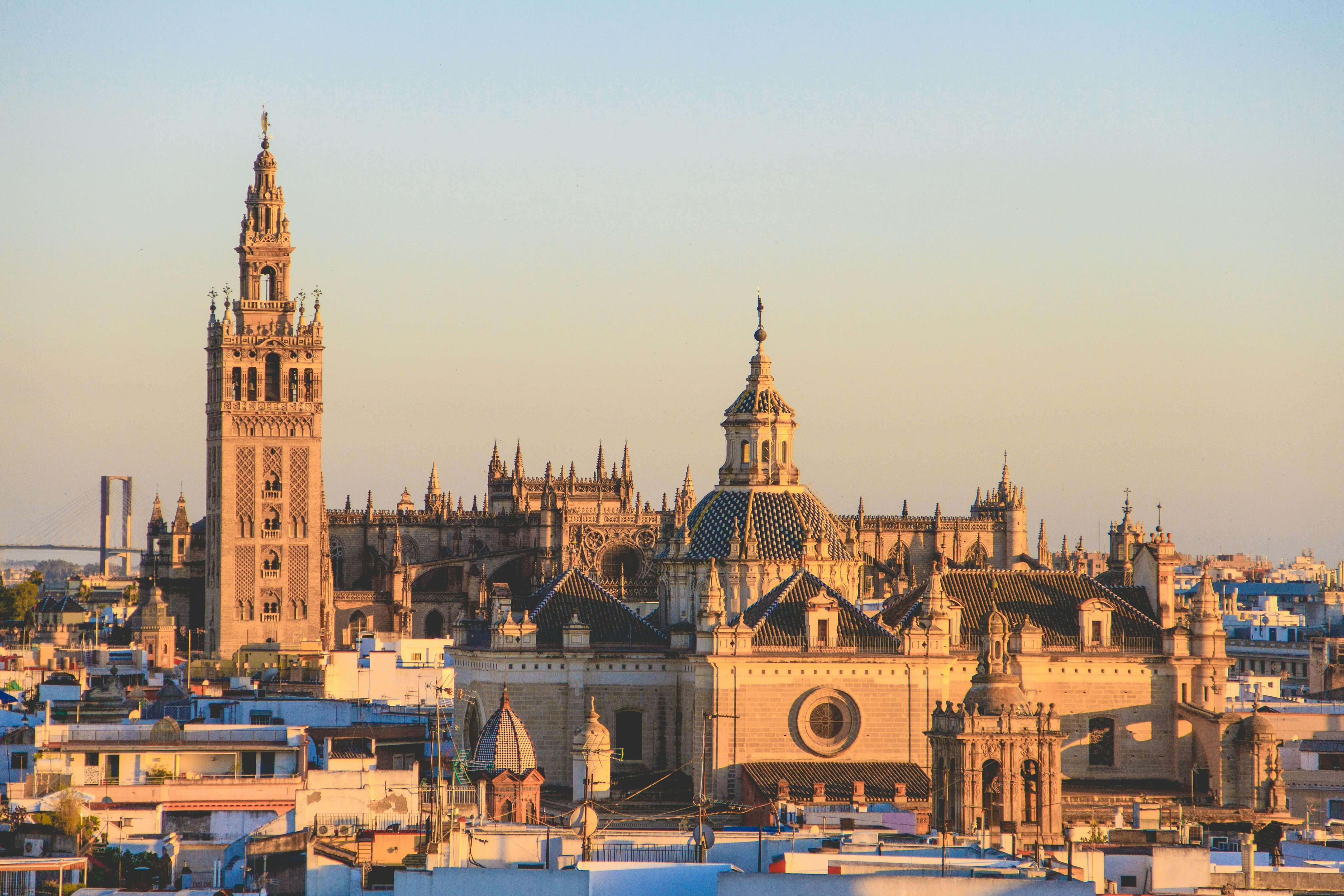In the current context, marked by the fight against climate change and the search for a more sustainable future, energy-related building refurbishment is a pressing need. Buildings represent a third of energy consumption worldwide and are responsible for a large portion of CO2 emissions. Therefore, improving the energy efficiency of buildings is vital as we strive to lower their environmental impact and promote a better quality of life.
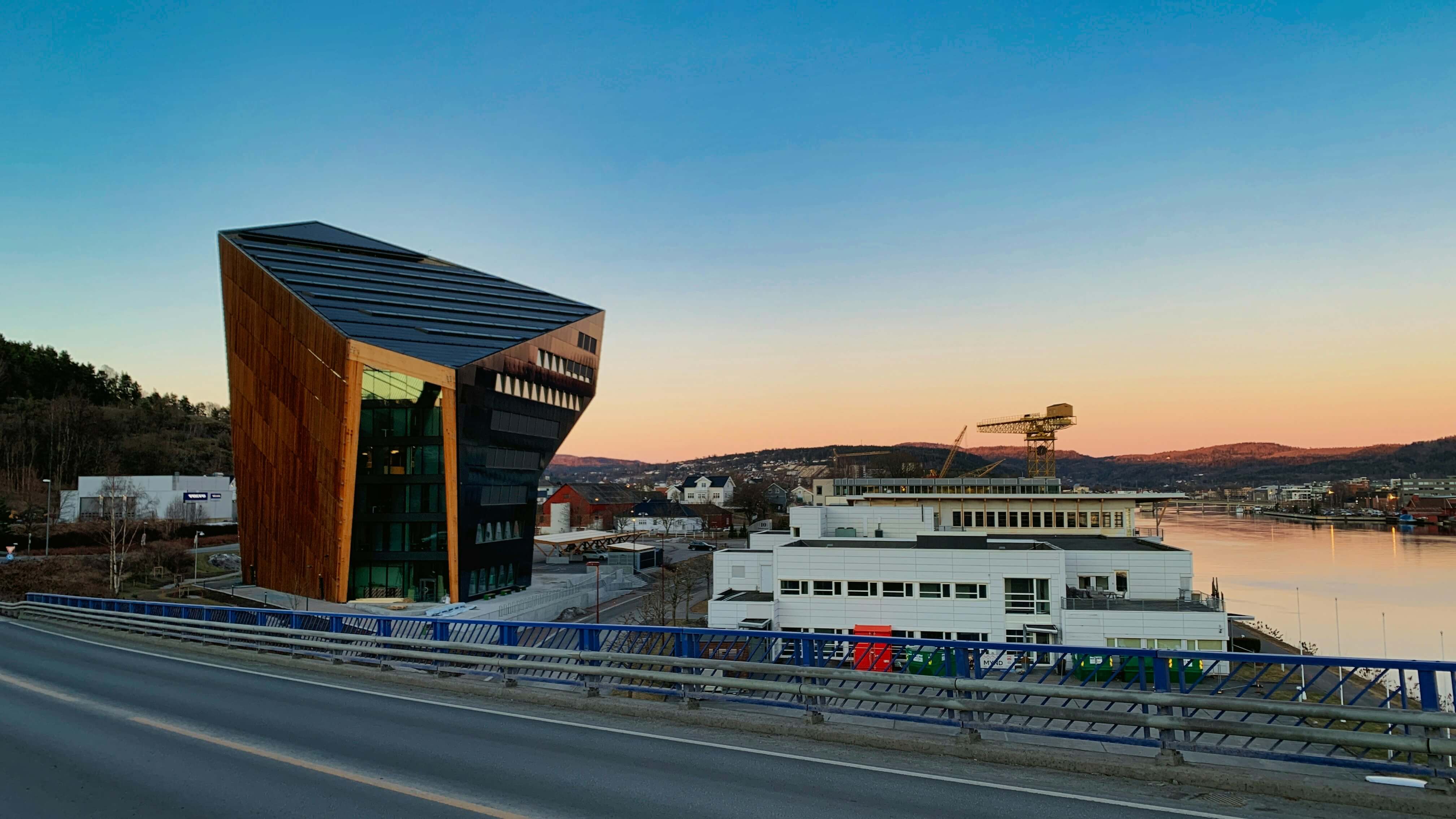
Image 1. Powerhouse Telemark building, Porsgrunn, Norway. Source: Unsplash.
Energy-related refurbishment has become a foundational pillar for sustainability in the construction sector. Architecture and design professionals play an essential role in implementing techniques and strategies that optimise buildings’ energy efficiency. These include insulation, efficient heating and cooling systems, use of renewable energy sources and compliance with regulations. Not only do these efforts lower operational costs, but they also significantly help to protect the environment.
In this blog article, we will delve into the fascinating world of energy efficiency and building refurbishment. We will look at highly practical issues, such as the most efficient insulation techniques and sustainable heating and cooling systems. Then, we will consider the incorporation of renewable energy sources and the latest technological advances in this field. Finally, we will walk through successful case studies. Together, these elements will provide a complete and up-to-date picture of energy efficiency.
Energy efficiency: a foundational pillar for sustainability
The main aim of energy-related building refurbishment is to reduce primary energy consumption. This lowers dependence on fossil fuels and energy bills while making a significant contribution in the fight against climate change.
In fact, energy-related refurbishment brings both financial and environmental benefits. Implementing efficient measures can considerably lower energy consumption, leading to significant financial savings for owners and users, and improving thermal comfort and interior acoustics. It also lowers CO2 emissions, mitigating the effects of climate change. An energy efficient building has a higher market value, making it an attractive investment, and there are various government grants available, aimed at energy-related refurbishment.
Energy-related building refurbishment requires a comprehensive approach, beginning with an exhaustive analysis of the current state of the building to implementing the most suitable corrective measures.
Among the most common techniques and strategies is appropriate thermal insulation. This reduces the transfer of heat to minimise energy consumption in heating and cooling. The choice of insulation material depends on various factors, such as climate, the type of building and the budget. The replacement of fittings with efficient windows, doors and shutters also helps to save energy. Efficient heating and cooling systems, such as condensing boilers and heat pumps, combined with smart monitors, optimise energy consumption and lower CO2 emissions. In addition, renewable energy sources, such as solar and wind power, offer sustainable alternatives for energy self-sufficiency. Installing smart systems makes it possible to manage lighting, heating and other electrical devices with automation, further optimising consumption.
Inspiring success stories
In the search for sustainable and energy-efficient solutions, several refurbishment projects have successfully shown how it is possible to combine innovation, comfort and a respect for the environment. Below are some of these exemplary projects, showing how energy-related refurbishment can transform buildings into models of efficiency and sustainability.
Helios 55 building, Madrid, Spain
The Helios 55 building was an office block from the 1970s located in Madrid. It was subjected to deep energy-related refurbishment, making it a benchmark for energy efficiency in the tertiary sector. The measures implemented include the installation of ETICS panels (External Thermal Insulation Composite Systems) to improve thermal insulation, the replacement of windows and doors with double glazing models with aluminium frames and thermal breaks, and the installation of an efficient heating and cooling system based on geothermal heat pumps that take advantage of underground energy for heating and cooling.
Furthermore, an automated system was also implemented. This makes it possible to manage the building’s energy consumption efficiently, thereby optimising lighting, heating and cooling, and other systems. These interventions have led to a 70% reduction in energy consumption, equal to an annual financial saving of 150,000 euros, and a significant improvement in indoor comfort for occupants.
The results of the refurbishment also include a 60% reduction in CO2 emissions and the building has been awarded an A grade energy certificate. The Helios 55 building is now a renowned example of how modernising old buildings can lead to substantial improvements in energy efficiency and environmental sustainability.
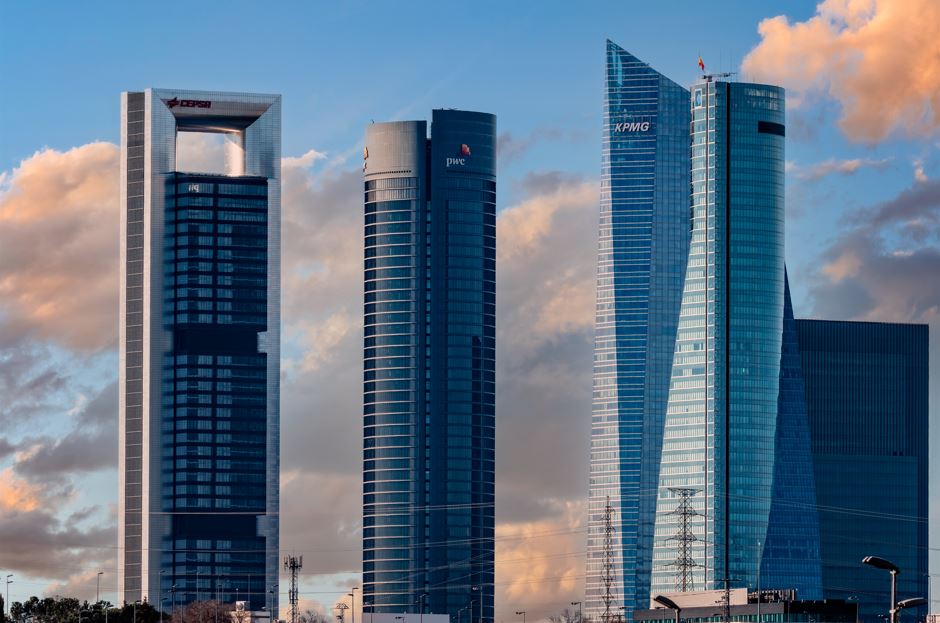
Image 2. Madrid financial district, left of the Cepsa Tower, Madrid, Spain. Source: ShutterStock.
Cepsa Tower building, Madrid, Spain
A 45-floor skyscraper in Madrid called the Cepsa Tower is a noted example for energy-related refurbishment. For example, the installation of highly efficient glass panels on the facade improved thermal conditions in both summer and winter. Similarly, lighting was replaced with highly efficient LED lights, lowering energy consumption by 80%. The heating and cooling system was also optimised with smart controls and waste heat recovery.
Cespa Tower also implemented an advanced energy management system that monitors and controls consumption in real time. These measures have led to a 30% reduction in energy consumption, which equates to an annual financial saving of 2 million euros, and a significant improvement in indoor comfort for occupants.
As a result of these improvements, the Cepsa Tower lowered its CO2 emissions by 25% and was granted an A+ energy certificate. This project demonstrates how energy-related refurbishment can entail considerable financial, environmental and habitability benefits.
In addition to the advances implemented in Spain, there are numerous examples worldwide of successful energy-related refurbishment that can inspire and guide future projects. Buildings such as the Oslo Opera House, the Torre Reforma in Mexico City or The Crystal in London are renowned for their innovative energy-efficiency and sustainability strategies. These success stories demonstrate the viability of improving energy efficiency in existing buildings. They also illustrate how the integration of advanced technologies and sustainable practices can lead to outstanding results in terms of reducing energy consumption and CO2 emissions. On the whole, they serve as exemplary models for the global community of architects and designers.
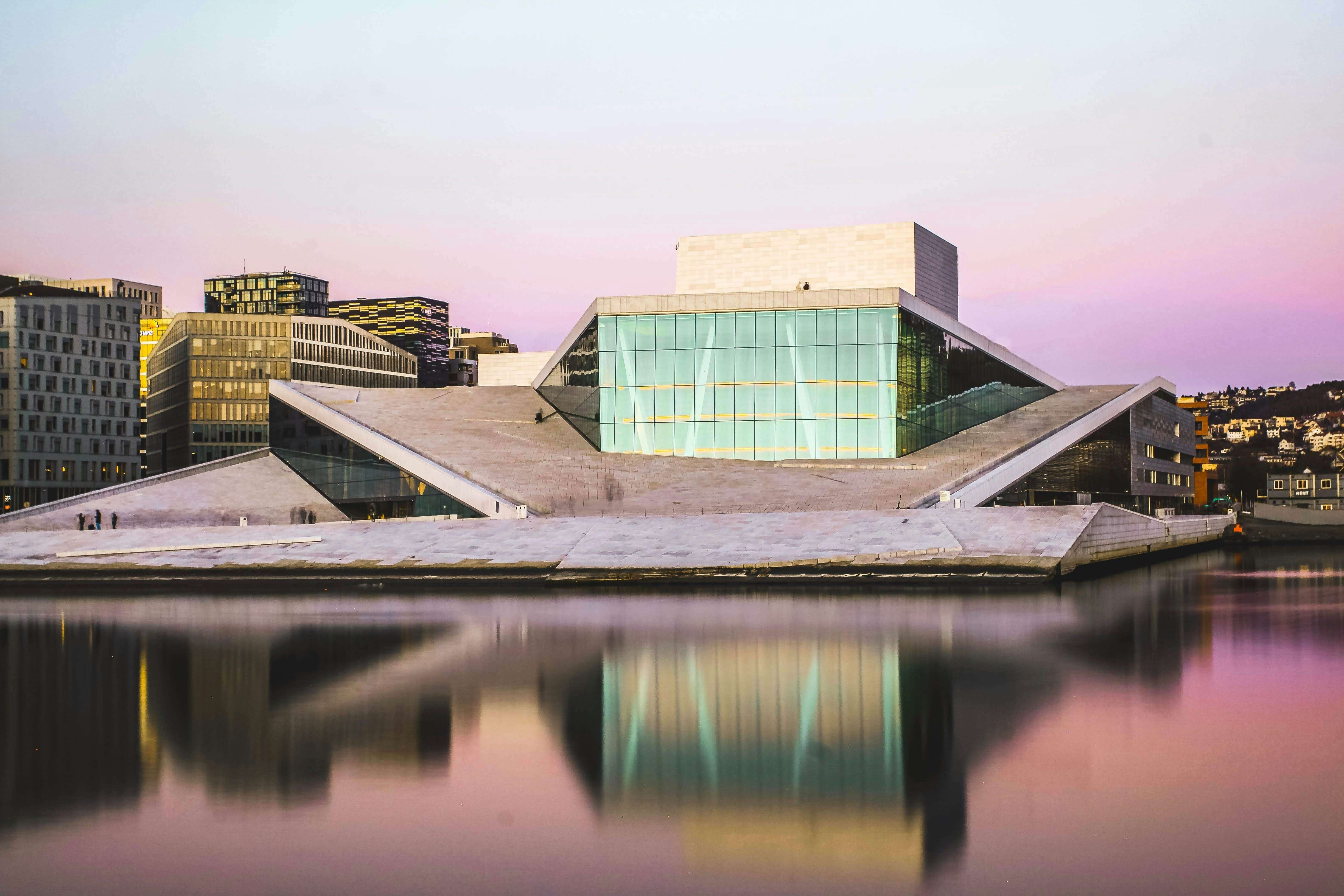
Image 3. Oslo Opera House, Oslo, Norway. Source: Unsplash.
Oslo Opera House
The Oslo Opera House, home to Norway’s Opera and Ballet, is recognised as a benchmark in terms of sustainable building. It is part of the European Union ECO-Culture project, whose aim is to promote the use of technology that optimises energy consumption in high-performance cultural constructions that are environmentally friendly.
The building operates under the philosophy of minimising energy expenditure on heating, cooling, lighting and ventilation. It achieves this by focussing on the design of smart systems. For example, the Jaga Mini Canal system was crucial for reaching optimal thermal comfort with minimal energy consumption.
Jaga Low-H2 technology ensures a reduction in carbon emissions. Meanwhile, the heating elements’ quick response to temperature changes ensures a comfortable setting at all times. The building’s innovative design is complemented with a fully balanced and controllable hydronic system.
As a result of its commitment to sustainability and energy efficiency, the Oslo Opera House was awarded the culture award at the Barcelona World Architecture Festival and the EU Prize for Contemporary Architecture. The installation of Jaga superconducting heaters further consolidates its position as a leading example in the search for modern and environmentally-friendly heating and cooling solutions that offer high performance while minimising environmental impact.
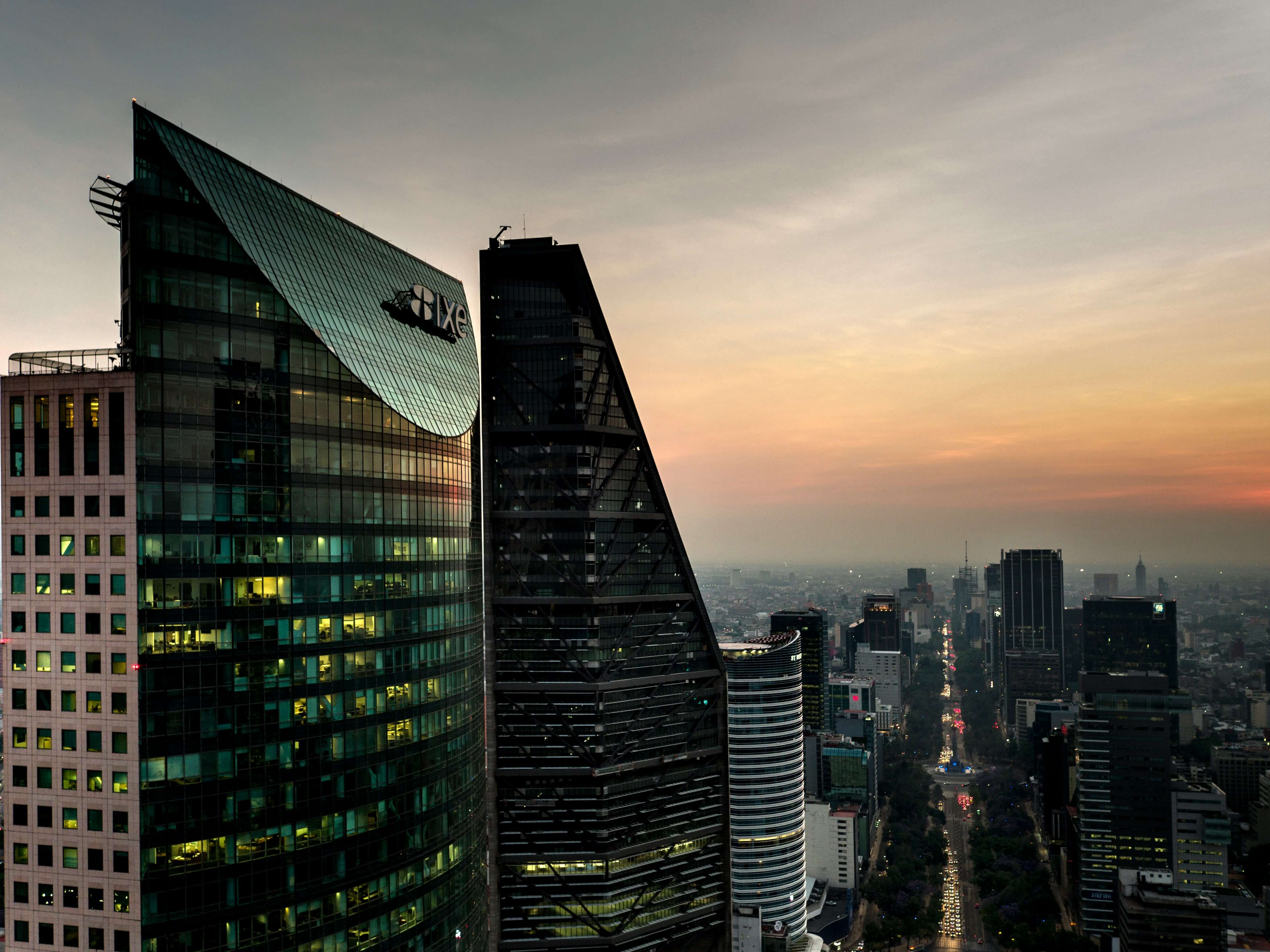
Image 4. Torre Reforma building, Mexico City, Mexico. Source: Unsplash.
Torre Reforma building, Mexico City
Mexico City’s Torre Reforma has become an inspiration in energy-related refurbishment and sustainability. This skyscraper, built in 1970, has been transformed using comprehensive energy-efficiency strategies and state-of-the-art technology. For example, the original facade was replaced with a double-skin system that acts as a natural thermal insulator, reducing the need for artificial heating and cooling. In addition, a rainwater collection system for irrigation and washing toilets was installed, lowering drinking water consumption.
The rooftop is equipped with solar panels that generate electricity to cover part of the building’s needs, thereby lowering its dependence on fossil fuels. Thanks to these measures, the Torre Reforma has considerably improved its energy efficiency, with a 40% reduction in energy consumption. This entails a significant financial saving and a smaller carbon footprint.
The Torre Reforma is an example of how to transform old structures into modern, efficient and sustainable spaces, contributing to the fight against climate change and boosting environmental conservation. This project demonstrates Mexico City’s commitment to sustainability and innovation, serving as an inspiration for energy-related building refurbishment worldwide.
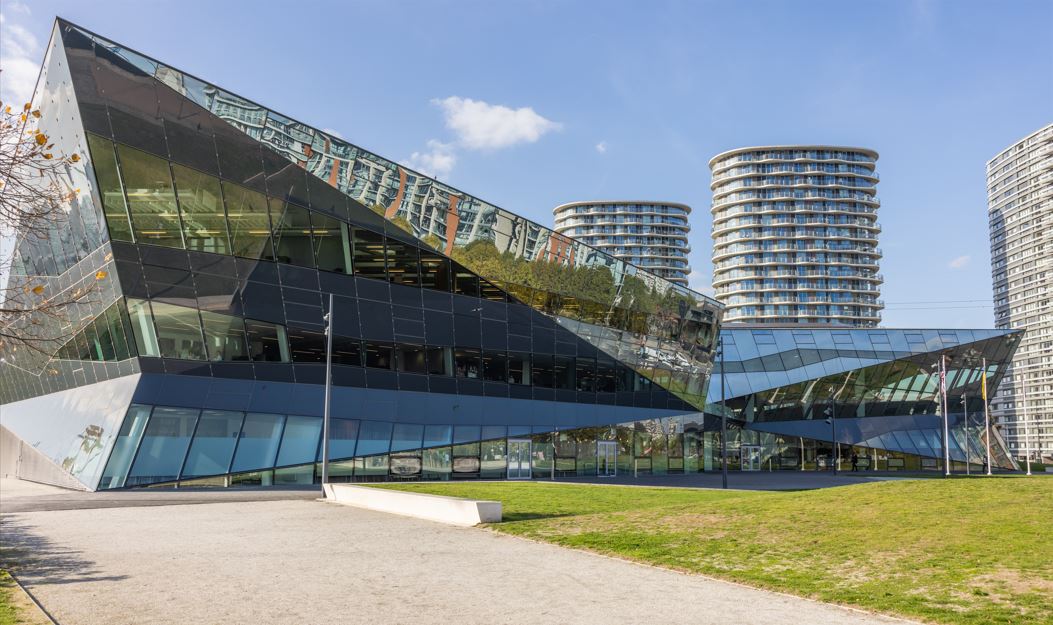
Image 5. The Crystal, London, United Kingdom. Source: ShutterStock.
The Crystal, London
The Crystal, set in London, is an international benchmark in sustainable architecture, housing the Siemens Urban Development Centre. Measuring 6,300 metres squared, this building is an example of how innovation and technology can converge to create a greener future. With a LEED Platinum certification by the U.S. Green Building Council, The Crystal stands out for its commitment to sustainability in design, construction and operations.
The building acts as an energy ecosystem, maximising the use of natural resources and lowering dependence on fossil fuels. Two thirds of the roof are covered with photovoltaic solar panels, which generate approximately 20% of its electricity. It also uses geothermal heat pumps that extract heat underground to heat and cool the building, significantly lowering CO2 emissions.
Equipped with state-of-the-art energy management systems, The Crystal monitors and controls energy consumption in real time, optimising the use of solar and geothermal energy according to the building’s needs. In addition to being energy efficient, The Crystal has become a centre for global knowledge, promoting sustainable life and development through events, workshops and exhibitions.
This building demonstrates that it is possible to design and build functional structures that are aesthetically pleasing and environmentally friendly, inspiring future generations to create a more sustainable and resilient world.
Indeed, all these case studies demonstrate that energy-related building refurbishment is a profitable and necessary investment to create a more sustainable future.
Latest technological advances: innovation for energy efficiency
Continued technological development has driven significant advances in the field of energy efficiency. New high-performance insulating materials, more efficient heating and cooling systems, and smart solutions for energy management are transforming the way in which we optimise energy consumption in buildings.
To maximise these benefits, it is vital to conduct regular energy audits that identify areas for improvement. Implementing automated energy management systems makes it possible to efficiently manage lighting, heating and cooling while regular maintenance for these systems ensures optimal performance. Moreover, promoting education and awareness about energy-saving practices among building occupants is essential for maintaining and improving energy efficiency in the long run.
Energy-related building refurbishment is an essential investment for the sustainable future of our cities. Architecture and design professionals have both the responsibility and the opportunity to spearhead this change, implementing innovative and efficient solutions that lower energy consumption and carbon emissions. From advanced insulation techniques and efficient heating and cooling systems to incorporating renewable energy sources and complying with regulations, every aspect of energy-related refurbishment contributes towards a more sustainable and habitable setting. With the support of the latest technological advances, energy-related building refurbishment is not only viable, but also imperative in the fight against climate change and the search for a greener future.

